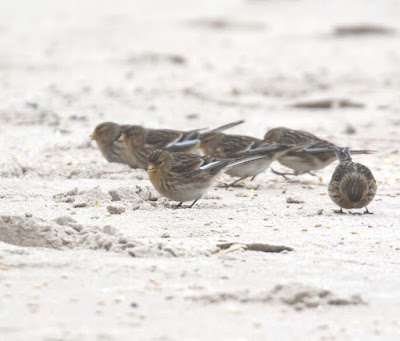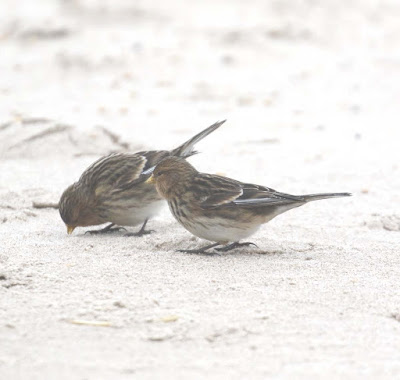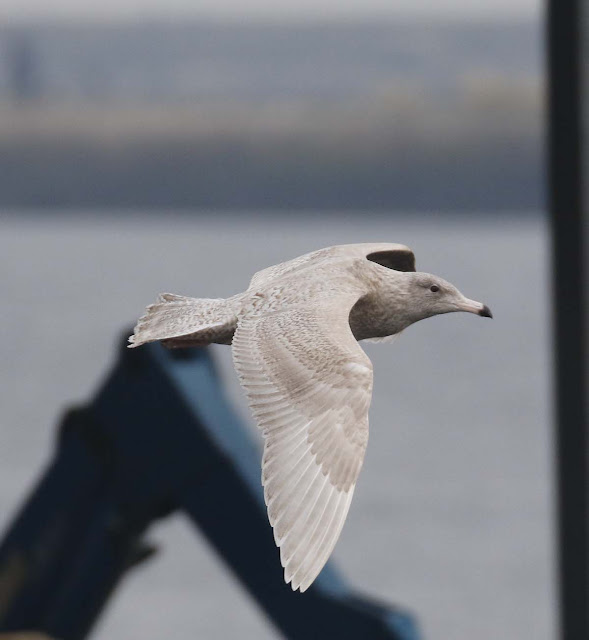The first piece of original bird art I bought, many years ago, was a pen and ink drawing of a Water Rail by Chris Rose. It showed a Water Rail in typical pose walking through some reeds. I bought it because I liked Water Rails. I still do. There is much to admire in their long red bill, curiously thin body and the patterning of their plumage, a streaked rich dark brown above and slate grey below with wavy white bars on their flanks. As a boy living in a part of Surrey rapidly becoming suburbanised they were an almost exotic winter visitor, arriving in the night from who knows where, but always in my imagination from somewhere romantic and wild like Norfolk, and to be found each year on my local and decidedly prosaic River Hogsmill
I liked their mysterious ways, skulking in winter in the dead riparian vegetation spilling over from the river bank into the water or in the sedgy marshes on the old fashioned settling beds of my local sewage farm, forever timid and running for cover to hide in secret dark recesses in the rank vegetated banks, under reeds or tussocks of sedge. You had to work hard and be very crafty to outwit them and get anything other than a millisecond sight of them. Standing still for ages, whilst not making a sound could occasionally, just occasionally re-assure one to venture slightly into the open, wading through shallow water with its short tail flicking nervously as it picked at the surrounding plants with its long bill. This was a very secretive bird, a rail, that as with all rails needed some skill and luck to see and due to its shy, nervous nature there was never any guarantee of success.
The last rail I saw was a Bogota Rail which inhabits Colombia in South America and I saw it about this time last year. Not much different in either plumage or behaviour to our native Water Rail but very much rarer. Today I had the opportunity to go to a hide for an hour or so in the late morning to see one of our native Water Rails. Not particularly rare but so elusive that it gives the impression it is much scarcer than it really is.
I knew from prior knowledge that Water Rails could, with some effort, be seen well from this hide but it needed to be at a time that was quiet and preferably with no one else about. Monday morning at about eleven o' clock seemed to fit the bill nicely and so it was then, that I tentatively opened the door of the hide and looked inside.
I knew from prior knowledge that Water Rails could, with some effort, be seen well from this hide but it needed to be at a time that was quiet and preferably with no one else about. Monday morning at about eleven o' clock seemed to fit the bill nicely and so it was then, that I tentatively opened the door of the hide and looked inside.
 |
| View from the Hide |
 |
| Reed Bunting-male |
 |
| Reed Bunting-female |
 |
| Blue Tit |
 |
| Great Ti |
Just the slightest indication of a ripple troubling the mirrored surface of the water on the periphery of the reeds and sedge was my first intimation of the presence of a Water Rail. A dark brown and grey triangular shape slipped out of cover. Long reddish bill. Blue grey underparts and brown upperparts streaked with black. It was the Water Rail. I raised my camera and the rail was gone in an instant. Super sensitive to any movement, even as I thought I was adequately concealed in the hide, it had somehow caught sight of me. I moved a foot or so back from the viewing slat and settled once again onto a bench. All was quiet. A few minutes passed, the tits and buntings flew down once more to feed and shortly after the rail, gaining confidence from the other birds presence, tiptoed once more over the mess of vegetation and took its turn picking at the grain and seed.
Such a treat, almost a benediction, I cannot recall when, if ever I had such views as this of a Water Rail, just feet away. Forever nervous, it moved carefully in the tangle of reeds, broken wet stalks and leaves, constantly attuned to anything that was different and potentially harmful in its secret riparian world. The slightest extraneous noise, or an alarm call from another bird, would propel it back into cover with anxious strides only for it to tentatively emerge a few minutes later, its constantly flicking tail betraying its innate nervous disposition.
Having obtained enough images I just sat and watched as another Water Rail joined the first, both of them feeding separately below the hide. My mind wandered back to my youth when out with my dog I used to see them in winter flying from our approach along a particular part of the River Hogsmill only to dive and hide further on in the thick tangles of dead vegetation that grew on the river bank. It was one of the few highlights of a winter walk alongside the river.
Later, when training as a bird ringer at Hersham Sewage Farm in Surrey, I used to catch them by hand as I awaited the arrival of my trainer who was invariably late, or maybe I was early. I would walk along the overgrown banks of the old fashioned settling beds and flush one or sometimes two Water Rails. The rail would fly a few yards and then dive into cover on the side of the bank.The secret was to keep a very close eye on where the rail flew to and settled and then walk slowly to that spot, stop and carefully look at the tangled vegetation below one's feet and by the water's edge. Sometimes you could see the rail crouched, prone in the dense vegetation, waiting for you to pass by, when it would then sneak away behind you. However if you could locate it, the next course of action was to slowly crouch down, never making eye contact and then with a lightening quick movement of your arm, grab it with your hand. You could also do the same thing with Moorhens which, rather than hide in vegetation would use their long toes to grab some underwater stalks, which would hold them down underwater by the bank, with just the tip of their bill and nostrils showing above the water and hope you would also pass them by. So confident were they of this strategy, they never moved and you could gently bend down and lift them from the water.
My trainer, Don, was always slightly pleased on his arrival as like some conjourer I produced a couple of Moorhens and occasionally a Water Rail from my donkey jacket's spacious pockets, although him being a dour Yorkshireman you would not know it, as he would never dream of praising me or showing any emotion. My record for Moorhens was, I think four, after which I ran out of pockets.
So a very pleasant hour passed in the hide and then I heard the sound of approaching footsteps and was joined by a man and his dog whom I had not seen since last I was in this hide about a year ago. I remembered him because of his dog which is quite elderly and how last time he told me he too came to the hide hoping it would be empty so he and his dog could sit quietly and contemplate life for an hour or so. A kindred spirit, but surely I should include the dog, and say spirits
We sat together and watched as the Water Rail ventured once more out of its secret world of aquatic stalks and reed stems, while his elderly dog sighed and took its ease on the floor of the hide. Then came the sound of more footsteps and we were joined by another man with just a large camera and lens. No binoculars.
Two's company, three's a crowd.
'Anything about?' he enquired rather too loudly.
'Just a couple of Water Rails'
I bid a hushed farewell to my original companion and his faithful dog and left the hide.
The spell was broken but just for one hour, in my own company I had left my complex human world and entered the simpler one of the Water Rail.
'O let them be left, wildness and wet;
Long live the weeds and the wilderness yet'
From the poem Inversnaid by Gerard Manley Hopkins 1844-1889




























































































